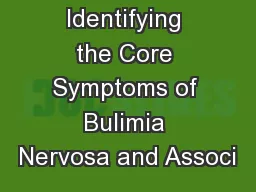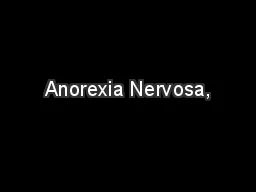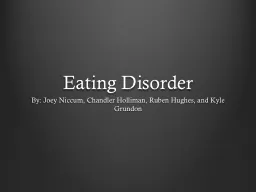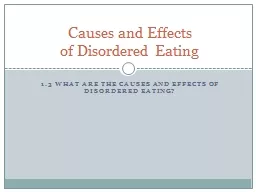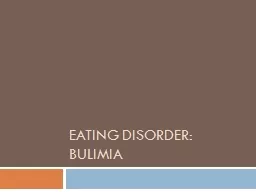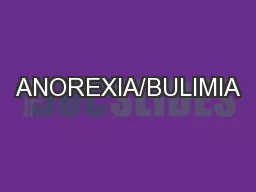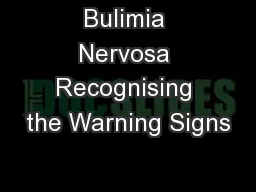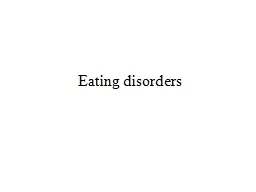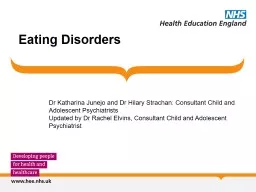PPT-Identifying the Core Symptoms of Bulimia Nervosa and Associ
Author : celsa-spraggs | Published Date : 2017-03-26
Cheri Levinson Stephanie Zerwas Benjamin CALEBS Kelsie Forbush Hunna Watson Hans Kordy Sara Hofmeier Michele Levine Benjamin Zimmer Markus MOESSNER Christine
Presentation Embed Code
Download Presentation
Download Presentation The PPT/PDF document "Identifying the Core Symptoms of Bulimia..." is the property of its rightful owner. Permission is granted to download and print the materials on this website for personal, non-commercial use only, and to display it on your personal computer provided you do not modify the materials and that you retain all copyright notices contained in the materials. By downloading content from our website, you accept the terms of this agreement.
Identifying the Core Symptoms of Bulimia Nervosa and Associ: Transcript
Download Rules Of Document
"Identifying the Core Symptoms of Bulimia Nervosa and Associ"The content belongs to its owner. You may download and print it for personal use, without modification, and keep all copyright notices. By downloading, you agree to these terms.
Related Documents

